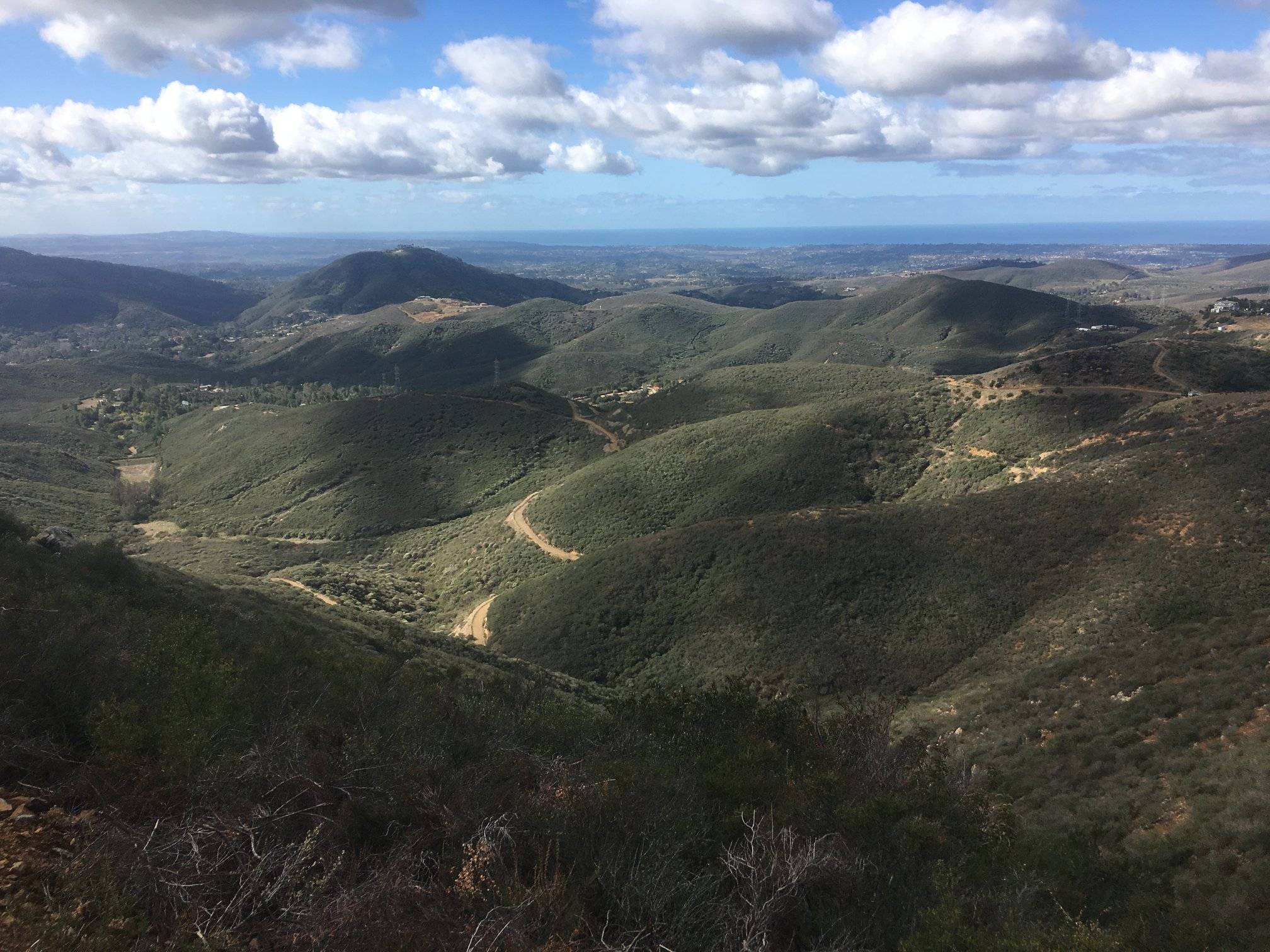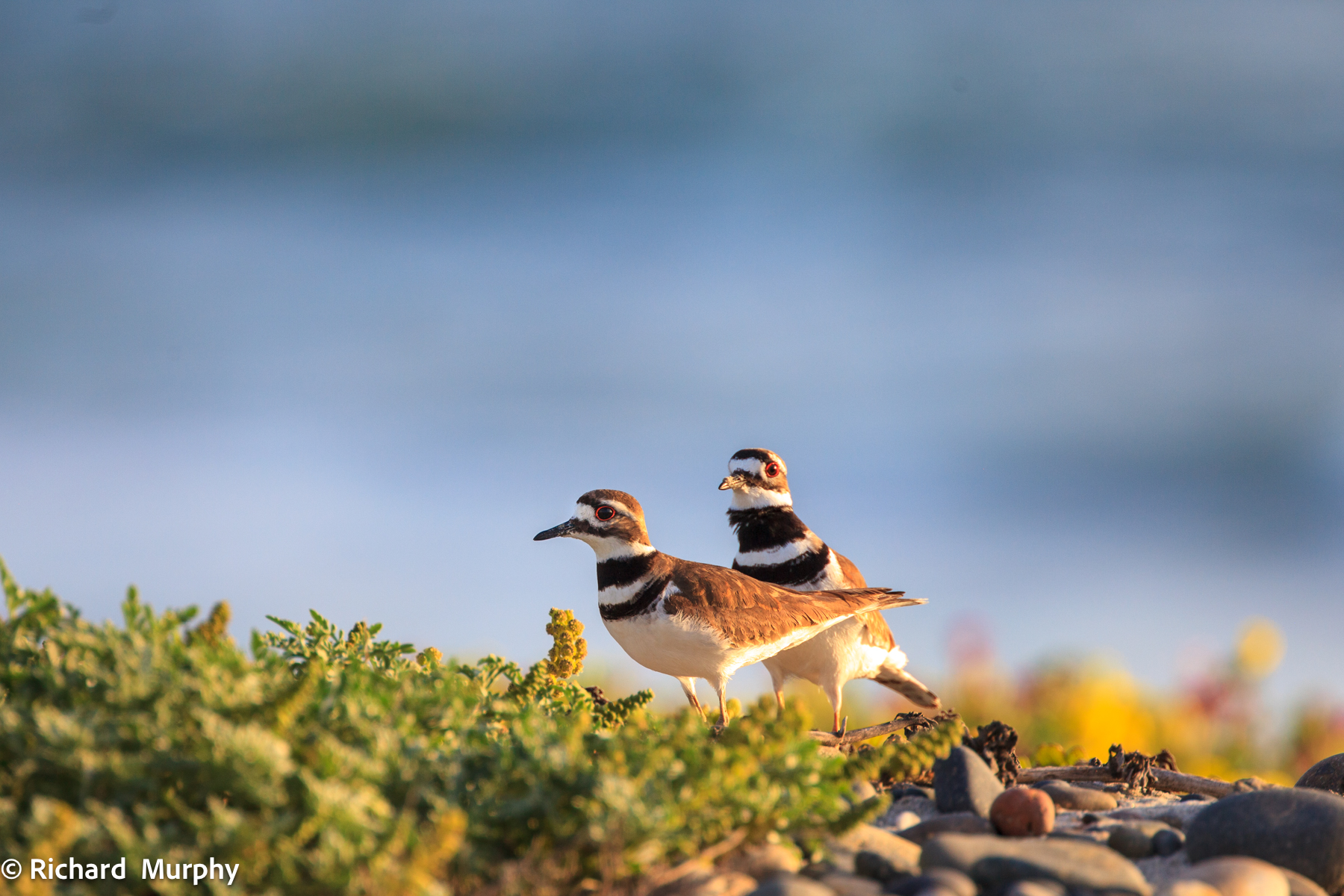
Hope For The Future
Here in Southern California, where widespread human development has fragmented habitats, mountain lions and bobcats face a particularly perilous future. Large cats require large territories in which to hunt and find a mate, and as humans take over the large open spaces they once roamed, these cats are finding it harder and harder to survive.
The increased frequency and severity of droughts, as a result of climate change is only furthering this problem. As drought conditions worsen, deer move further and further into human-inhabited areas, desperately searching for water or green vegetation. And wherever the deer go, the mountain lions follow. With conflicts between humans and mountain lions already on the rise, a changing climate will only worsen these issues, increasing the risks to humans and cats alike.
Mountain lions are considered to be a keystone species, meaning that without them the entire balance of the ecosystem could be thrown off. On the east coast of the United States, where mountain lions have been eradicated, deer have no remaining natural predators. As a result, many deer populations have grown out of control, causing overgrazing of vegetation and increased numbers of car collisions. Scientists fear that if we allow mountain lions to disappear from Southern California, we could face similar problems.
But there is some hope for Southern California’s native big cats. Efforts are underway to have populations of Southern California mountain lions that have been hit particularly hard by habitat loss and fragmentation listed as Endangered. And a new bill (AB1254) has been introduced to the California state legislature to alter the current laws governing the killing of bobcats, and ensure that small, vulnerable populations will not be harmed. The Escondido Creek Conservancy is doing its part by purchasing land for wildlife habitat (including the nearly 1,000 acres we secured through our last campaign) and working to connect existing open spaces as part of our new Missing Lynx campaign. With your support, efforts like these may be just what we need to ensure that these beautiful creatures are around for generations to come.





